Jul
excited to share with you a Promo for the Four Feasts Till Darkness series by
Christian A. Brown. This is a Dark Fantasy series. The first book ‘Feast of
Fates’ was published in 2014. I read and reviewed this book last year (check out my review here), and it
was so good!!
info on this series here today!
‘Feast of Fates’ (Four Feasts Till Darkness #1)
Morigan lives a quiet life as the handmaiden to a
fatherly old sorcerer named Thackery. But when she crosses paths with Caenith,
a not wholly mortal man, her world changes forever. Their meeting sparks long
buried magical powers deep within Morigan. As she attempts to understand her
newfound abilities, unbidden visions begin to plague her — visions that show a
devastating madness descending on one of the Immortal Kings who rules the land.
leaders of the realm soon realize that this young woman could hold the key to
their destruction. Suddenly, Morigan finds herself beset by enemies, and she
must master her mysterious gifts if she is to survive.
‘Feast of Dreames’ (Four Feasts Till Darkness #2)
band of adventurers continues its quest for the knowledge needed to defeat the
mad King Brutus and his unearthly parasite, the Black Queen. Their search
brings Morigan and the Wolf to the perilous forests of Alabion, where they and
their companions will face the darkness of their pasts — and discover equally
dark destinies. Meanwhile, far from Alabion, the queens of the East and West
continue their deadly dance. One seeks a relic of great power, while the other
puts her faith in a mix of military and technomagikal force. Both are aware
they have a slim window of opportunity to settle their power struggle — after
all, Mad Brutus’s recent defeat is at best a setback. The mad king is already
amassing a new army of soulless husks in the wastelands of Mor’Khul.
a father and son wander those same wastelands, scavenging what they can as they
weather Brutus’s gathering storm. They too have a role to play in Geadhain’s
fate — a role which may just provide a last remnant of hope.
‘Feast of Chaos’ (Four Feasts Till Darkness #3)
 Menos has
Menos hasbeen destroyed. No corner of the realm of Geadhain is safe from the Black
Queen’s hunger. Zionae—or the Great Dreamer, as she has been called in ancient
tongues—has a thirst that cannot be quenched until all of Geadhain burns and bleeds.
She preys on the minds of weak men and exploits human folly for an unhuman end.
She cannot be defeated in her current state, but the answer to her downfall may
lie in the land of her past.
this aim that a Daughter of Fate, Morigan, and her brave and true companions
venture to the mysterious Pandemonia, the land of chaos itself. Ancient secrets
and even older power lurk in its swamps and deserts. Life itself becomes
uncertain, but the Hunters of Fate have no choice: Pandemonia must give up its
secrets if they want to find the Black Queen’s weakness.
in the realm, alliances form and break. Dead men rise and heroes fall. Eod
prepares for war. In hiding, Lila, the bearer of its destruction, will be given
a chance to atone and answer for her sins. Will her actions save Eod, or has
she damned it with her crimes?
books, you’ve created an incredibly detailed, immense world — how did you keep
all of it straight when you first started writing?
and when starting any story, I feel it’s important to simply write. Make that
messy first chapter and see how, what and who you want to portray; get a
feeling for where the Muse is leading you. If you’re writing a “show” and not
“tell” tale, the mechanics and laws of the (fantastical) world will fall into
place as your characters and narrative voice move through the story. Once the
details of the world start fleshing themselves out, I start writing down
everything pertinent to the tale, even if it’s just as margin notes that are later
compiled into a “World Bible” if you will. Geadhain (my world) now has both a
bible and a style guide for reference for my work.
important to you to have so many strong female characters in your series, good
and evil?
women (and minorities, of which I am one—well, two, actually) have been grossly
underrepresented in fantasy; typified into the maiden, witch, whore, mother
stereotypes. I grew up in a house of dominant successful women, and those
influences and personalities found their way into my work. My mom, for example,
was once a roller-skate waitress (just to make ends meet), then later a real
estate broker, a bank teller, and finally a lawyer—after putting herself back
into university as a mature student at the age of 50. And of course, during all
these vocations, she juggled the needs of her children, her partner, and
herself. She built a business with my father. She helped to elevate us from
poverty to working middle class—she, herself, once in foster care and utterly destitute
after her parents’ marriage collapsed. Despite all of the negative forces
conspiring against her, she was a woman of hope, strength and character. I
couldn’t not have written strong women, given her role model behavior. My mom,
my sister, my aunts, my teachers, my primary editor…I’m blessed to have known
so many accomplished, inspirational women.
physical descriptions to their personalities, your characters are so vivid —
where does the inspiration for them come from?
lot of comics as a child; watched plenty of anime and horror; played video
games till my eyes shriveled. Before that darned Nintendo ruined my eyesight,
and when I was younger, my parents also used to take my sister and I on walks
through the woods, and the richness of a woodland stirs even the most stagnant
imagination. In our adolescence we played outdoors and read, extensively, since
we couldn’t afford luxury items (like NESes) at the time. I’m much more into
physical disciplines now, though my mind still works in a sensory format.
think your approach to the fantasy genre differs from other writers?
there’s the portrayal of women, first and foremost. Although, these characters
stand toe-to-toe with men and other forces who are equally as formidable. I’ve
lived through the reality of oppression, intolerance and poverty, and likewise
many of my characters deal with the same issues. While the series is definitely
dark fantasy, and not for the faint-of-heart or those shy to reading about
violence and oppression, there is a definite undercurrent of hope: this sense
that even though the odds are impossible, the movements of many, disparate
brave souls can make a difference. Structurally, the world is an interesting
blend of science fiction, mythic and high fantasy elements, too, where some
advancements dwarf what we here on Earth have accomplished, while other
advancements are stymied by natural (mystical) forces that inhabit prosperity.
So there’s this really cool play of old vs. new, Tecnhnomagik vs. Nature. Which
leads into a subtle environmental dialog on man’s use and participation in a
planet’s sustainability or destruction. “Four Feasts till Darkness” are dense
books that deal with topical and sensitive subject matter, which certainly
helps them to stand apart from lighter or more traditional fantasy stories.
were able to sit down and discuss writing with three authors, who would you
choose, and what would you talk to them about?
LeGuin. Clive Barker. Stephen King. Ursula and I would chat about her Earthsea
trilogy, which is one of the greatest fantasy series I’ve ever read. Clive
Barker and I would talk about how he’s fared as an openly gay author, and what
that process of being public and gay has been like. Whereas Stephen and I would
write something horrible together, a ghastly masterpiece with his wit and my
penchant for visceral verbosity.
think the diversity in your own life reflects in your writing and the
characters you’ve created?
I’m a biracial gay man married to a Métis amputee. Just so we’re clear, I’m not
a “diversity fetishist,” it just so happened that a.) I fell in love with a man
and b.) he happened to have one leg. But whatever weight he’d lost in flesh,
he’d gained in heart, and he’s an absolute gem. Between the two of us, and as
men of color (I, more than he), we’ve experienced the full onslaught of
intolerance and slurs—N-word, jigaboo, faggot, you name it. Now the funny thing
about hate is that it either makes the victim hateful, or ideally, it makes the
victim sympathetic, a warrior, one passionate about dismantling bigotry. My
partner and I are of the latter camp, as was my mother, who married a black man
in an era when that wasn’t too popular. Therefore, in Feasts you’ll see a real
menagerie of characters, and none so bizarre as to simply tick a “diversity
checklist” (blind, transgender, PoC in a wheelchair—cause reasons), just real
people, with real issues that come in a variety of shades, sexualities and
makeups. Every hero has their flaws—flaws that others see and to which they
react—just as none of us are perfect. Without my negative experiences and
positive enforcements and reactions, I could never have written a cast so
patently human.
important to you to include a message of hope despite the dark nature of the
books?
starts, actually, with a romance, and while it’s steamy and seems as if it
might lead to bodice-ripped escapades, it never does. The romance between
Morigan and the Wolf is merely the hook and foundation for a story that’s built
on love: romantic, fraternal, love for power, love when corrupted into hate. If
you look at the history of human success and folly it is predicated by passion,
by love or hate. In the grand sweeping plot arcs of epic fantasy, the drive
that has begun a campaign of war or terror is often overlooked. “Feasts” has a
gargantuan plot, and many moving parts, and to tell a more personal, more
involving story, each of those most necessary parts needs to have their desires
and wants explored. It makes for an immersive and heavy read, but I feel (and
readers seem to agree) that the focus on characterization pays dividends.
Besides, too much darkness and blood, and not a moment of levity or love in-between,
and the story will crush the reader. In the words of Josh Whedon, “Make it
dark, make it grim, make it tough, but then, for the love of God, tell a joke.”
next for you after the completion of “Four Feasts till Darkness” series?
working on a super-secret project (standalone from Geadhain’s novels), which
requires me to plan a second trip to England. I had the idea for the manuscript
when last I was there and it’s a thought-bug that’s finally gnawed its way into
my brain, and into a grand idea!
About the Author:
 Bestselling
Bestsellingauthor of the critically acclaimed “Feast of Fates” Christian A. Brown received
a Kirkus star in 2014 for the first novel in his genre-changing “Four Feasts
till Darkness” series. He is currently working on the fourth and final book in
the series, “Feast of Darkness.” He has appeared on Newstalk 1010, AM640,
Daytime Rogers, and Get Bold Today with LeGrande Green. He actively writes a
blog about his mother’s journey with cancer and on gender issues in the media.
A lover of the weird and wonderful, Brown considers himself an eccentric with a
talent for cat-whispering.
You might also like:

Maureen is a mom, wife, nurse, and Ravenclaw living in the Netherlands. She spends her days juggling mom-life, reading, blogging, planning date nights with her husband and working as a nurse. Maureen also is a big Anglophile, loves cooking, Gilmore Girls, Bridgerton and Harry Potter.. Always! Facebook | Instagram


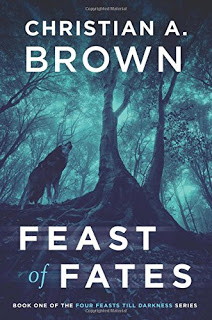
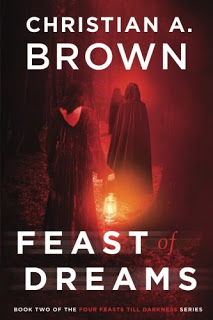


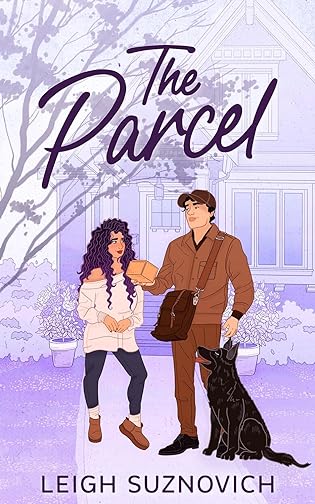
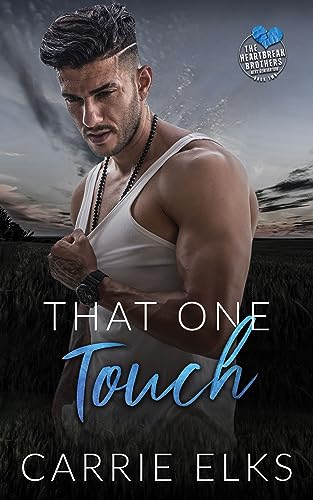
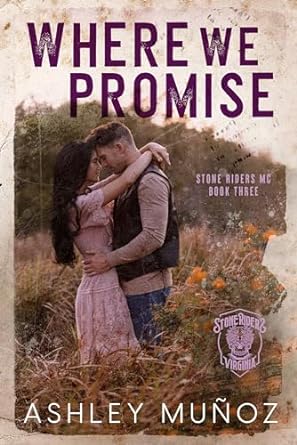

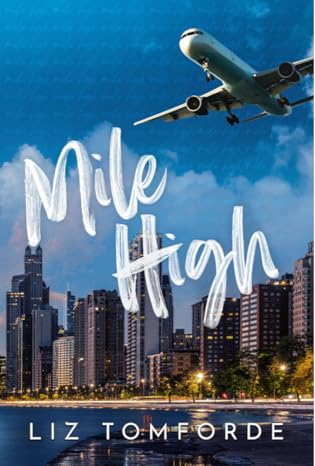
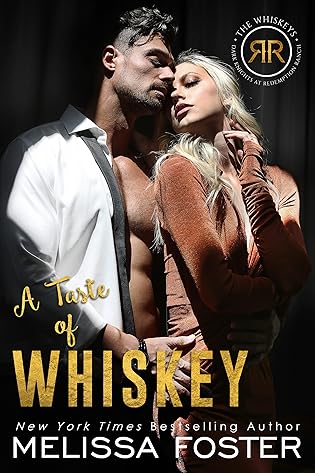
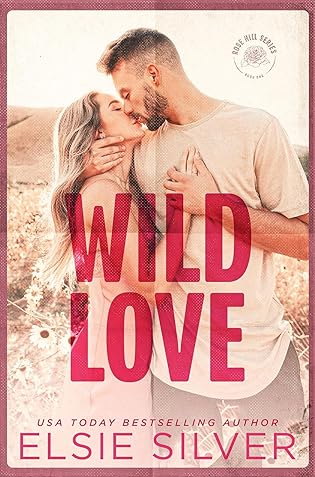
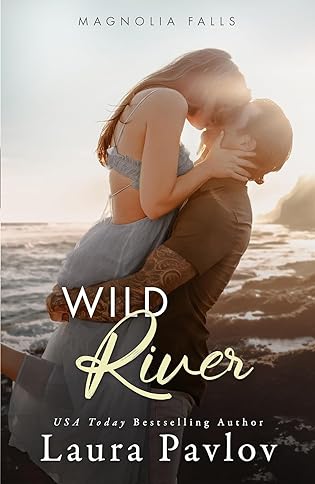


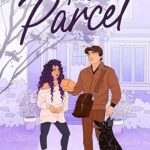
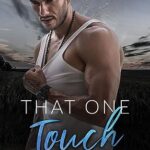
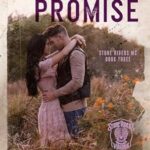

Lovely interview! ^.^
– El @ El's Book Reviews
Thanks 🙂